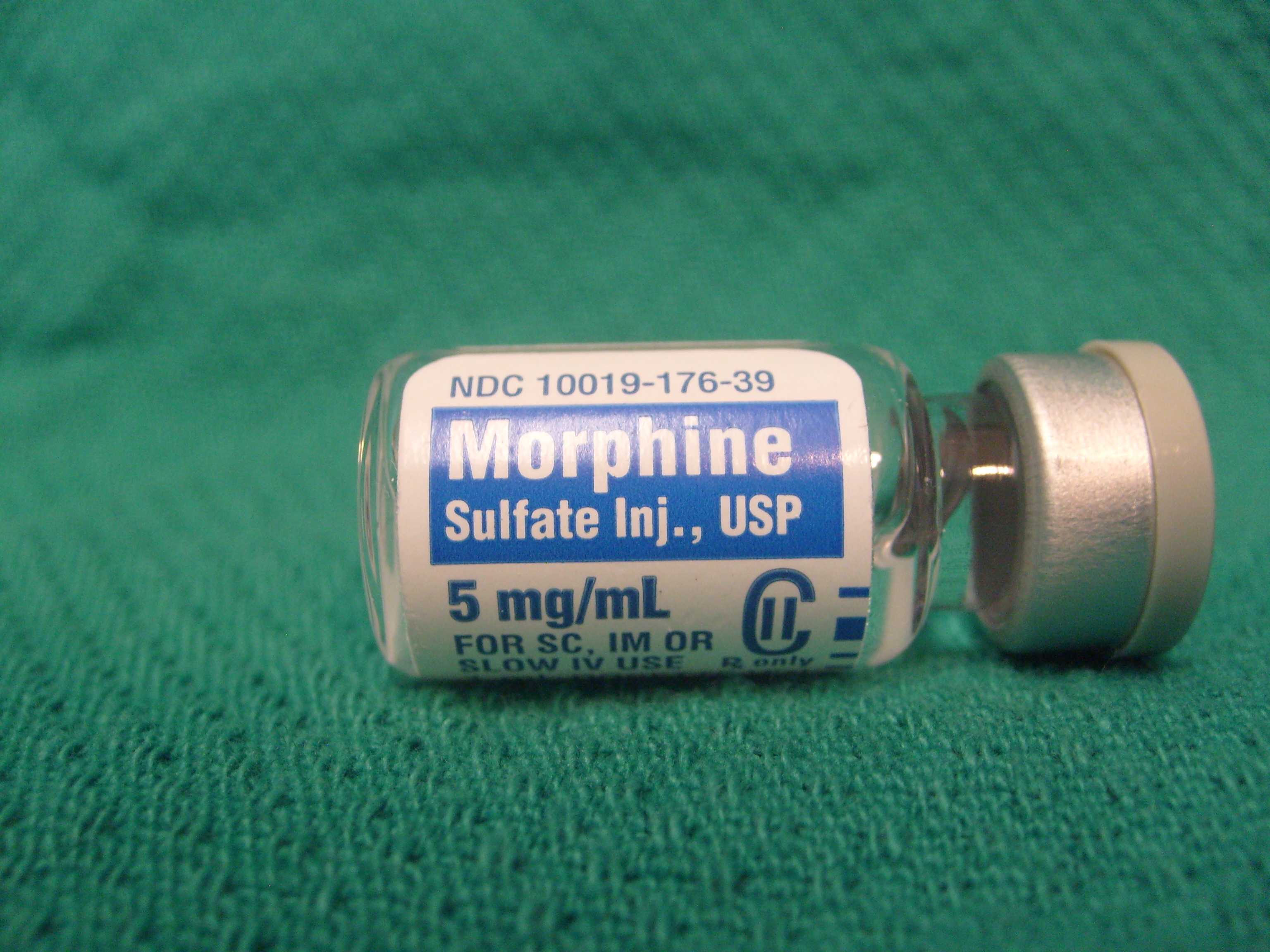
The Opioid Drug Crisis
by Yash Saboo February 16 2018, 2:40 pm Estimated Reading Time: 2 mins, 48 secsThe lack of global access to pain relief and palliative care throughout the life cycle constitutes a global crisis, and action to close this divide between rich and poor is a moral, health, and ethical imperative. The need for palliative care and pain relief has been largely ignored. Yet, palliative care and pain relief are essential elements of universal health coverage (UHC).
The morphine consumption rate in most regions does not reflect actual morphine needs for pain management. According to World Health Organization (WHO) data, 6 developed countries accounted for 79% of global morphine consumption, while developing countries only accounted for 6% of global opioid consumption despite improved access to pain treatment over the past 2 decades.

Source : WordPress.com
A 2010 report by the International Narcotics Control Board (INCB) confirmed similar global trends of opioid availability. Opioid consumption levels for pain treatment have risen in European countries, Canada, and the United States (US), especially for cancer pain. In contrast, consumption levels in Asian, African, and Middle Eastern countries have stagnated or decreased despite international efforts to change political views on opioid use for pain management. Western European and North American countries consume the majority of the morphine produced in the world even though the combined population of these areas is less than one-fifth (17.2%) of the world's population. However, even in the world's 6 richest countries, only 24% of patients' pain needs are adequately managed.
If nothing is done, we can expect a lot of people to die: A forecast by STAT concluded that as many as 650,000 people will die over the next 10 years from opioid overdoses — more than the entire city of Baltimore. The US risks losing the equivalent of a whole American city in just one decade, writes Vox.
Over the past couple of decades, the health care system, bolstered by pharmaceutical companies, flooded the US with opioid painkillers. Then illicit drug traffickers followed suit, inundating the country with heroin and other illegally produced opioids, particularly fentanyl, that people could use once they ran out of painkillers or wanted something stronger. All of this made it very easy to obtain and misuse drugs.
Meanwhile, there has been little attention to getting people into treatment. According to the surgeon general’s 2016 report on addiction, only 10 percent of people suffering from a drug use disorder get special treatment. The report attributed the low rate to shortages in the supply of care, with some areas of the country lacking affordable options for treatment — which can lead to waiting periods of weeks or even months just to get help.
When you put these two issues together, you get the recipe for a disaster — one that has been only further accentuated by the socioeconomic and mental health issues that have plagued the US for years.
The Lancet Commission on Global Access to Palliative Care and Pain Relief reveals shocking statistics:
- US gets 30 times more opioid pain relief medication than it needs
- Mexico gets only 36% of what it needs
- China gets about 16% of what it needs
- India gets 4% of what it needs
- Nigeria gets just 0.2% of what it needs
The US continues to grapple with the devastating effects of its over-prescription problem. This is the story of the opioid epidemic: a crisis that has already taken hundreds of thousands of lives and is likely to kill hundreds of thousands more over at least the next decade if nothing is done.





-173X130.jpg)
-173X130.jpg)
-173X130.jpg)
-173X130.jpg)

_(7)-173X130.jpg)
-173X130.jpg)